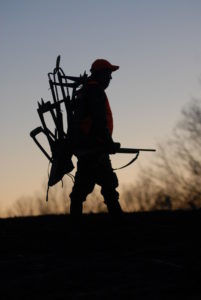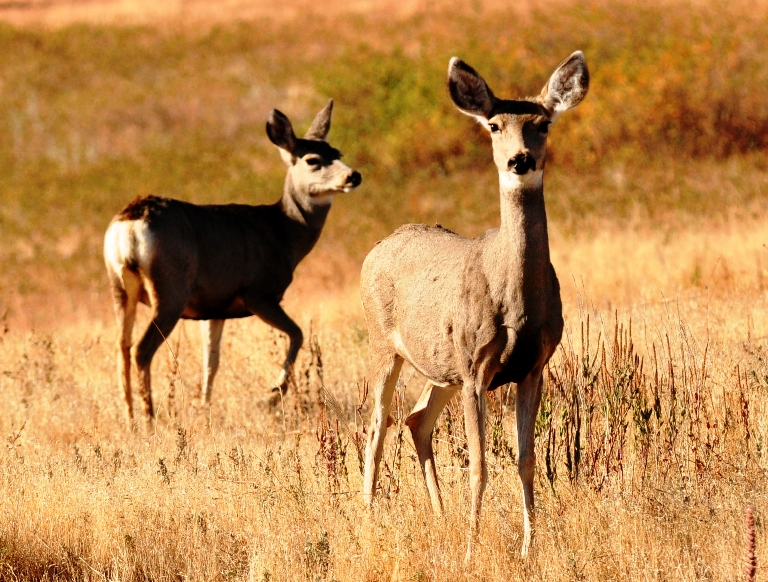Imagine if you played a basketball game and lost 120 to 2. You might conclude, “Man, I can’t possibly compete with these guys,” or “I shouldn’t be in this game.” That’s the situation you are in when comparing the ability of humans to smell to that of whitetail deer. For every “scent sensor” we have, a deer has 60 and if we had two, the deer would have 120, the reason for the basketball analogy.
Testing the Wind

Tree stand hunters often assume that because they are above a deer’s elevation that their scent can’t be detected. One morning on the opening day of the firearm season, I climbed into a stand about 15 feet above the ground. Well before daylight arrived, I was excited to hear deer approach in the pitch black and anticipated I’d get a shot at first light. Instead, the cool morning air dropped my scent, they soon snorted, and ran away. Since then, I’ve learned that elevation helps keep my scent trail away from deer, but it’s not fool proof.
Milk weed pods are among the best scent detectors. If you unleash a few seeds, the tiny floating parachutes will show you the direction of air currents both near and far. Sometimes the wind will move them away from my stand well above the ground. At other times, the currents tumble the seeds, often driving them toward the ground. The ability to “see” wind currents is a huge benefit and can tell you whether you are hunting effectively or wasting your time.
Important Questions
Bernie Barringer does a great job of answering some of deer hunting’s most pressing questions about scent. “Do cover scents work?” “What about human scent elimination?” You will find this post interesting and informative, possibly sufficient to change the way you hunt:



















![The Best Deer Camp Chili [VIDEO] Deer Chili Ingredients, Tomatoes, Chili Spices](/wp-content/uploads/2015/10/Deer-Chili-Deer-Camp-Recipe-218x150.jpg)
![How to Call Elk Early in the Season [VIDEO]](/wp-content/uploads/2016/08/byers003-218x150.jpg)




![Idiots Disturb Hunter: How Would You Have Handled It? [VIDEO]](/wp-content/uploads/2015/10/DSC00110-e1474487693878-100x70.jpg)
![Albino Buck Shocked to Shed His Antlers [VIDEO]](/wp-content/uploads/2015/10/AlbinoDeer-100x70.jpg)